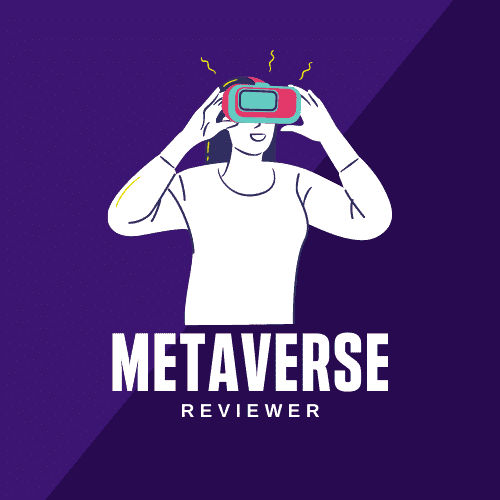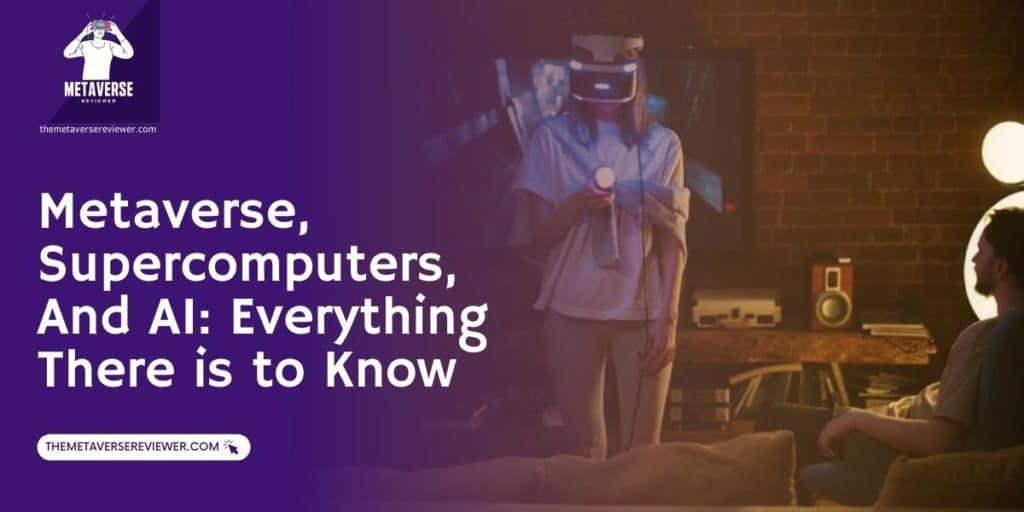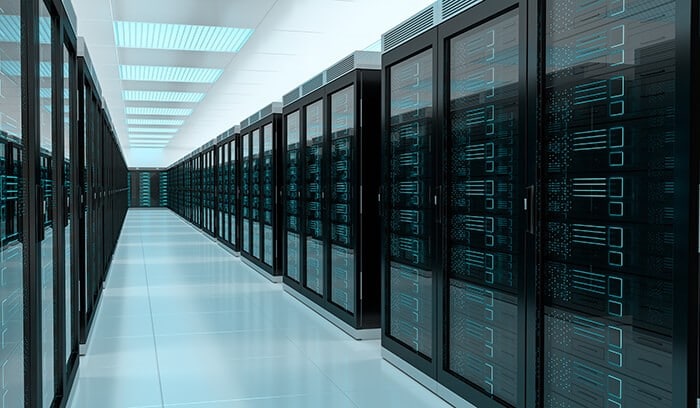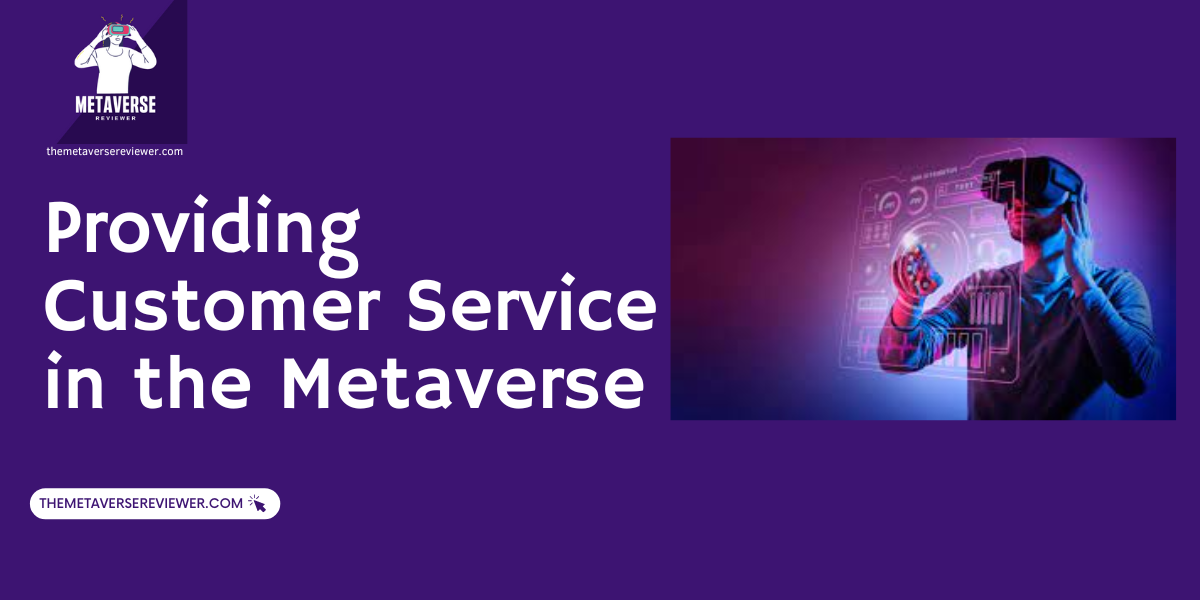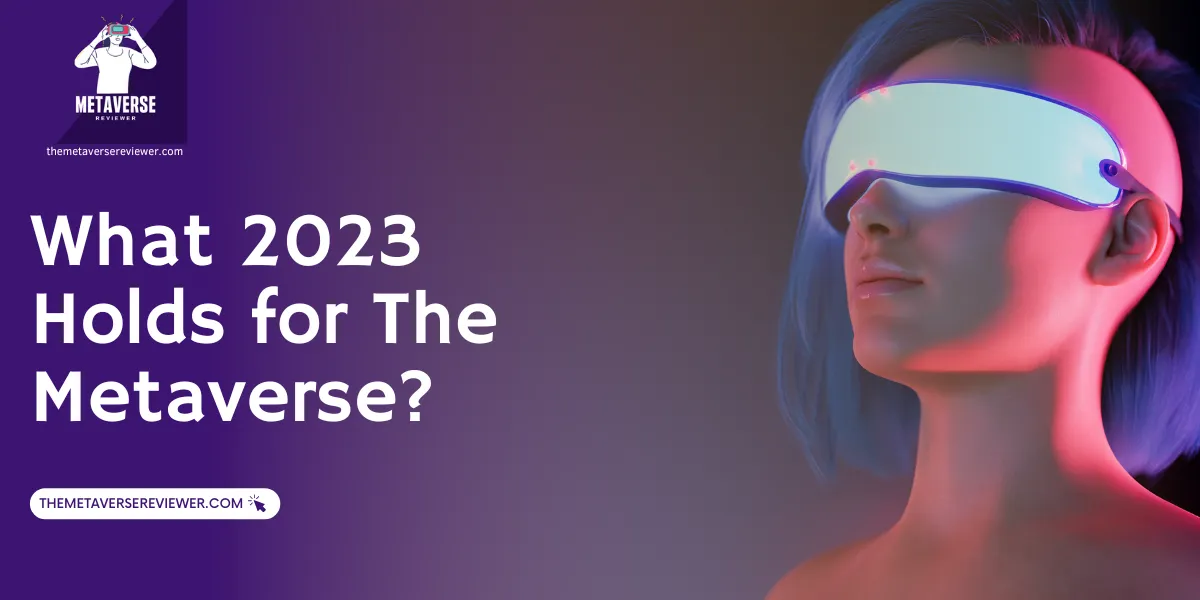There’s a lot going on around the metaverse these days – from the good ol’ enthusiasm and euphoria to the not-so-great thoughts of suspicion, pessimism, and uncertainty. It’s a blend of intricacy and criticism since somehow, people weren’t ready for the dawn of a virtual era just yet.
Some people feel the contribution of the mystique surrounding the multiple worlds of virtual augmented reality, with the added mixture of our real-time world. While others are glad that they’ve taken part in this pivotal event in the stretched virtual world, and feel the excitement circulating this “second life”, as they say.
An announcement that many of the leading IT companies are working on the addition of AI supercomputers at breakneck speed has only added to this excitement. However, we can’t be so sure what exactly the arrival of supercomputers signifies for both VR and the Metaverse – and how we can sustainably control this new arrival.
But, let’s take this slow.
Supercomputers – What are They?
Supercomputers can be described as the computer technology that has surpassed their predecessors by a long shot and functions with extremely high processing power. Besides every other function, this processing power considerably outperforms your regular PCs and laptops. It’s perfectly suitable for analyzing massive amounts of data and extracting crucial inputs from the collected information.
Supercomputers are, in fact, a massive parallel grouping of either whole computers, or just their processing elements, capable of doing the most complicated of computations.
If supercomputers are the major topic somewhere, you’ll most probably come across a term called FLOPS. It stands for “Floating Point Operations Per Second”, and plays a crucial role as a performance indicator for these fantastic CPUs.
The numbers that determine decimal and even the exceedingly lengthy figures are also referred to as floating numbers.
The decimal values are crucial for processing and analyzing vast amounts of data and they’re absolutely essential for performing complicated computer processes. At the same time, FLOPS are used to assess this data whilst showing researchers how well the computer system will handle these complex computations.
The Supercomputers Market Demand
By the year 2026, the computer market is predicted to increase at a yearly growth rate of 9.5%, and this is a compound percentage of all computers. This expansion will be fueled by the rising usage of cloud-based computers and platform technologies, including the requirement for system technologies to consume larger information and run AI operations.
Organizations across the globe are now attempting to outmaneuver and beat the competitors through their very own supercomputer initiatives since the sector has boomed in the past years. This is a historic breakthrough that’s been aiding the overall interest of the general public.
The first and foremost computer to cross the so-called “Petaflop Barrier” was the IBM Roadrunner, emerging back in 2008. This implied that the IBM Roadrunner could handle one quadrillion operations and calculations in a second!
One certain research claimed that a supercomputer housed in the RIKEN Centre for Computational Science in Japan called the Fugaku supercomputer is the quickest computer in existence, measuring a breaking processing speed of around 442 petaflops per second.
What about Meta’s AI Supercomputer?
Meta’s official social media statement in January noted that they’re establishing an Artificial Intelligence supercomputer. If Meta’s prognosis is correct, it’s surely going to be the quickest supercomputer on the planet.
The main reasoning behind it is executing the performance of next-gen AI algorithms.
The first part of installing this AI supercomputer is practically accomplished, while the second part of the installation is projected to be completed by late 2022. Once done, Meta’s supercomputer will incorporate around 16,000 GPUs.
Meta even states that it can prepare other AI systems with trillion parameters and on enormous sets of data – as big as 1,000 petabytes, or 1 exabyte.
The Future of Supercomputer & The Metaverse
Meta has assured a slew of ground-breaking applications to incorporate into their supercomputer. Extremely fast gaming, immediate and smooth translations of massive amounts of text, videos, pictures, you name it, Meta does it simultaneously!
Imagine the possibility of individuals talking in one language to directly speak to individuals who are talking in a different language. The translation will happen in a split second, too, so everyone can understand what’s been said. This might also be used to analyze large amounts of videos or photos for malicious information – or to recognize a single face among a throng of onlookers.
This supercomputer will be crucial in the development of next-gen Artificial Intelligence systems, as well as powering the Metaverse and providing a platform for subsequent metaverse technology.
There are going to be issues and severe ethical concerns about this supercomputer’s usage; however, these should be looked into with great caution and responsibility.
- Gemini vs. GPT4 – Which One to Use? - December 17, 2023
- Can You Play Oculus Quest 2 Offline Without Wifi - November 10, 2023
- VR Sickness – What You Need to Know - September 17, 2023
